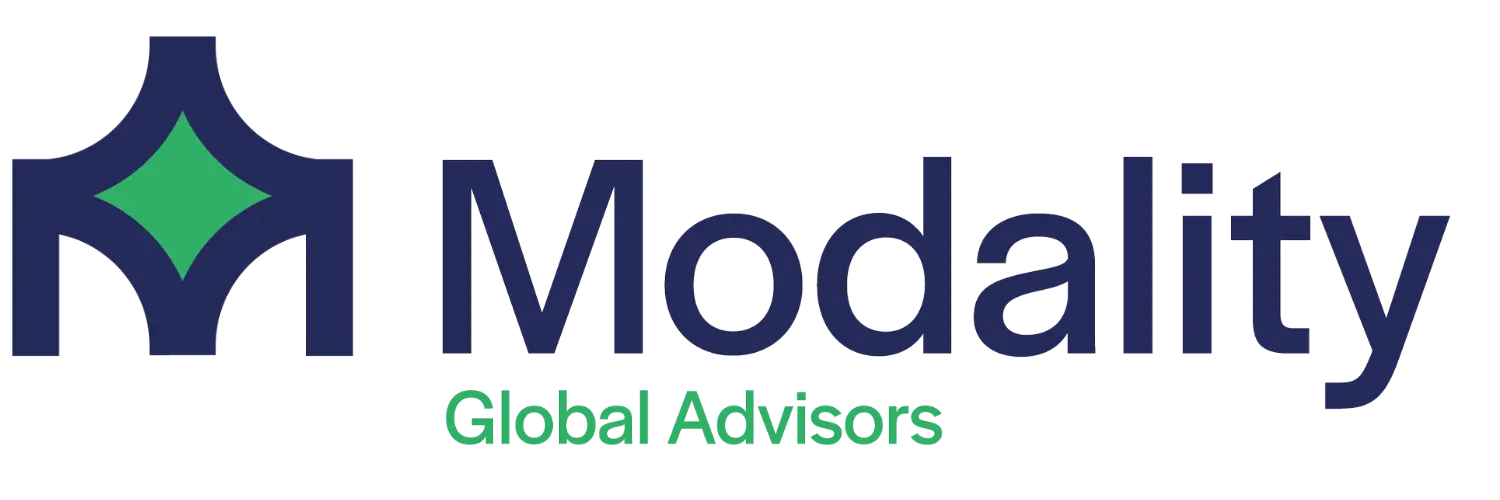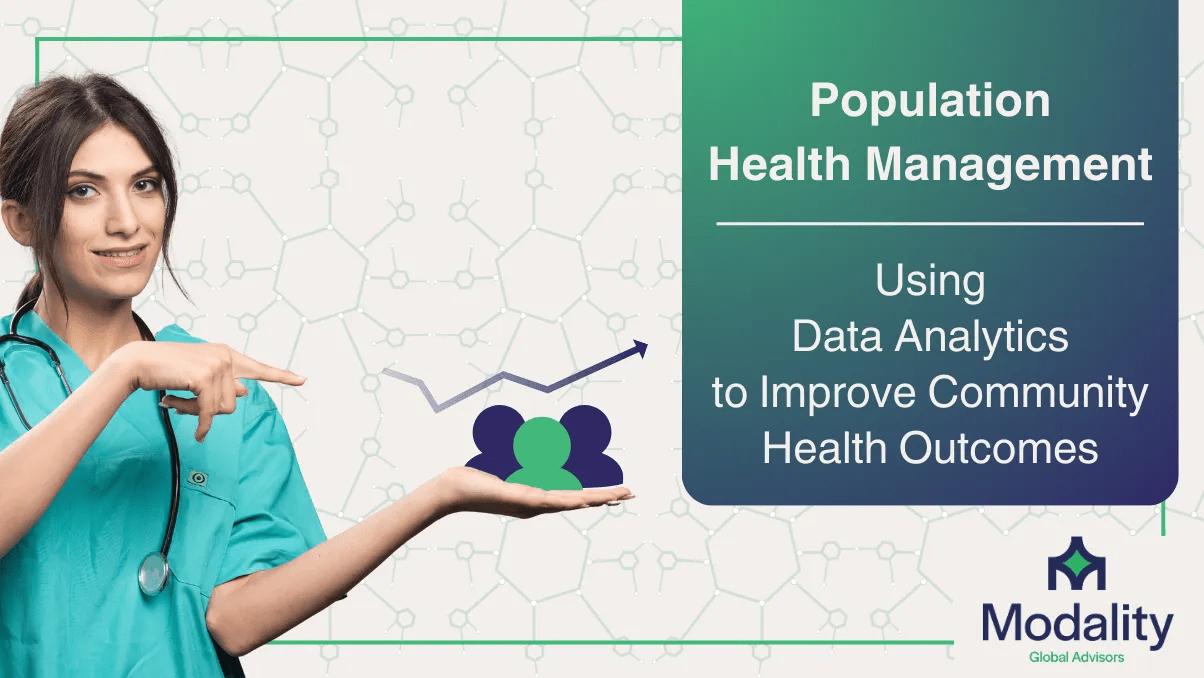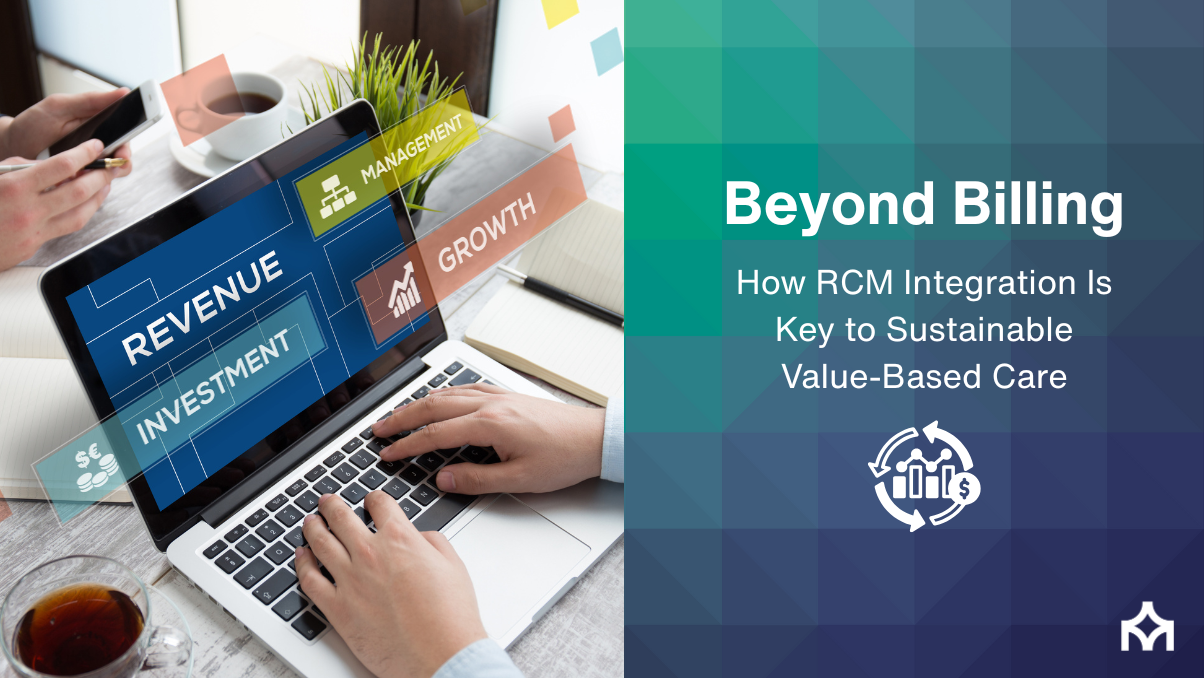Population Health Management: Using Data Analytics to Improve Community Health Outcomes in the U.S.
Population Health Management in the U.S.: Turning Data Into Better Outcomes
As U.S. healthcare shifts from volume to value-based care (VBC), Population Health Management (PHM) has become a core strategy for improving outcomes and lowering total cost of care. The catalyst: data analytics that reveal risk, guide proactive care, and target resources where they matter most.
PHM data stack (at a glance)
• EHR & claims • SDOH & community indices • Registries & HIEs • Patient-reported outcomes (PROMs) • Wearables/RPM feeds
• EHR & claims • SDOH & community indices • Registries & HIEs • Patient-reported outcomes (PROMs) • Wearables/RPM feeds
How Data Analytics Powers PHM
- Ingest & unify: Link EHR, claims, labs, meds, SDOH, and survey data via EMPI + FHIR APIs for a longitudinal record.
- Segment & stratify: Apply risk models (clinical + utilization + SDOH) to create manageable cohorts (rising risk, high risk, gaps in care).
- Predict & prioritize: Propensity models forecast ED use, readmissions, care gaps, and progression of chronic disease.
- Activate & intervene: Care pathways and outreach rules trigger tailored actions (coaching, RPM, med titration, social services).
- Measure & improve: Closed-loop analytics track outcomes, cost, equity, and experience to refine programs.
Identifying High-Risk Populations (Practical Signals)
| Signal Type | Examples & Uses |
|---|---|
| Clinical | A1c & BP trends, COPD exacerbations, polypharmacy → diabetes/HTN/CVD intensification, care management enrollment. |
| Utilization | Frequent ED use, readmits, post-acute bounce-backs → transitional care & ED diversion programs. |
| SDOH | Food/housing insecurity, transport gaps, digital access → community referrals, rideshare, meal support, SMS-first engagement. |
| Behavioral | PHQ-9/GAD-7, substance use flags → integrated BH, collaborative care, MAT pathways. |
| Adherence | PDC, missed visits, device non-sync → pharmacy consults, reminders, home visits, RPM escalation. |
Targeted Interventions That Move the Needle
- Chronic disease bundles: Diabetes + HTN + CKD pathways with pharmacist-led titration, nutrition coaching, and RPM.
- Care gap closure: Predictive outreach for screenings (CRC, breast, retina) via multilingual SMS/IVR + community events.
- Readmission reduction: 30-day post-discharge telehealth, med reconciliation, home health triggers, and social support.
- ED diversion: After-hours tele-urgent care, nurse advice lines, and same-day primary care access slots.
- Equity-by-design: Stratify outcomes by language/ZIP/race; fund targeted interventions where disparities persist.
Governance, Privacy, and Trust
- Data governance: Stewardship, quality rules, and a shared data dictionary; EMPI for identity accuracy.
- Compliance & security: HIPAA, 42 CFR Part 2, role-based access, audit trails, zero-trust network.
- Model oversight: Bias testing, explainability, and human-in-the-loop clinical review before automation.
PHM KPI Set (Report Monthly, Publish Quarterly)
- Access & Engagement: panel attribution accuracy, portal/SMS activation, appointment lead time, outreach response rate.
- Quality & Outcomes: A1c & BP control, asthma/COPD control, cancer screening rates, avoidable ED/admits per 1,000.
- Total Cost of Care: PMPM trend vs. benchmark, high-cost outlier rate, post-acute spend, med adherence (PDC).
- Equity: gap-to-parity for key measures by language/ZIP/race; SDOH need resolution rate.
- Experience: CAHPS top-box, PROMs completion, care manager caseload balance, staff burnout index.
How Modality Global Advisors (MGA) Accelerates PHM
What we deliver
• PHM strategy & VBC roadmap • Data integration (EMPI + FHIR) & analytics workbench
• Risk stratification & cohort design • Care model build (RPM, pharmacy, BH integration)
• Equity & SDOH playbooks • Compliance/privacy guardrails • Value realization office (PMO + dashboards)
• PHM strategy & VBC roadmap • Data integration (EMPI + FHIR) & analytics workbench
• Risk stratification & cohort design • Care model build (RPM, pharmacy, BH integration)
• Equity & SDOH playbooks • Compliance/privacy guardrails • Value realization office (PMO + dashboards)
- Readiness & data audit: assess sources, quality, gaps; define single source of truth.
- Cohorts & models: stand up rising-risk/high-risk registries with transparent features.
- Intervention toolkit: standardized pathways, outreach scripts, referral & CBO partnerships.
- Workflow enablement: in-EHR prompts, task queues, and role-based worklists.
- Measurement & ROI: KPI dashboards, parity tracking, and savings attribution.
Talk to MGA about a PHM analytics readiness assessment
Pro tip: pair every risk model with a “do something list”—named interventions, owners, SLAs, and success metrics—or it won’t change outcomes.






